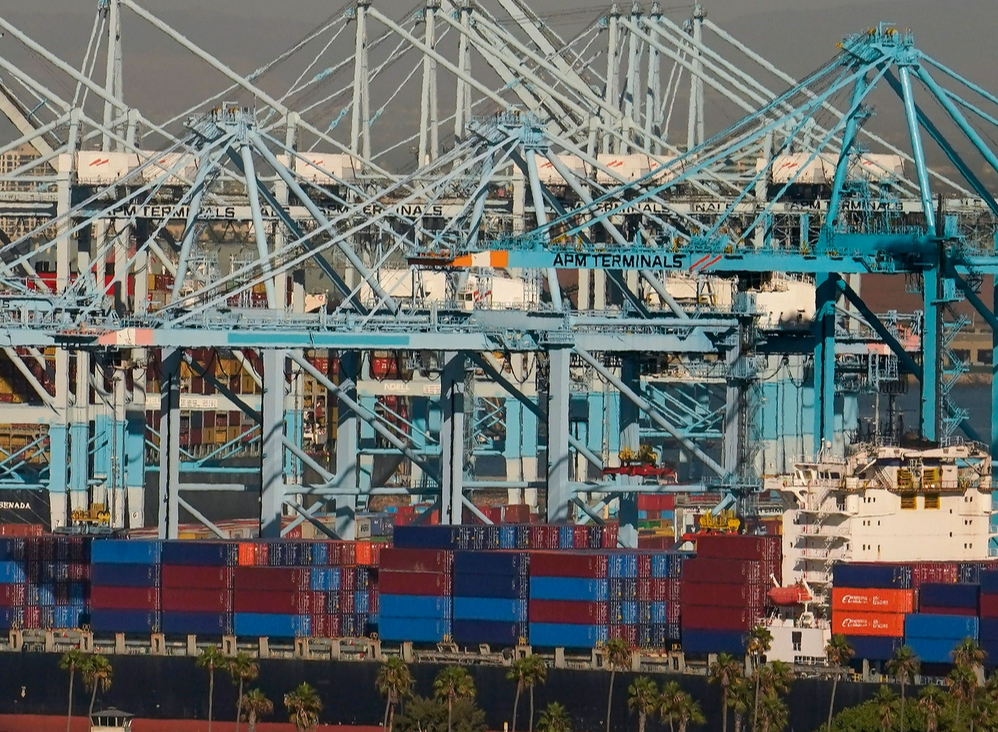FBA LCL Quote
FBA 40HQ FCL Quote
The Largest Sea Ports in the USA
The United States boasts some of the largest and busiest sea ports in the world, serving as crucial hubs for international trade and logistics. This guide highlights the major ports that play pivotal roles in the US economy:
1. Port of Los Angeles: As the busiest container port in the United States, it's a critical gateway for trade with Asia, known for handling vast amounts of cargo.
2. Port of Long Beach: Adjacent to the Port of Los Angeles, this port is known for its innovative green policies and significant cargo volume.
3. Port of New York and New Jersey: The largest port on the East Coast, it's pivotal for goods entering and exiting the northeastern United States.
4. Port of Savannah: This is the largest port in the southeastern United States and is known for its rapid growth and efficiency in container handling.
5. Port of Houston: Dominant in international trade, it's a leader in the handling of breakbulk cargo and energy products.
These ports are equipped with advanced infrastructure and are continuously evolving to accommodate the growth in global trade, incorporating technological advancements to improve efficiency and sustainability.
Sea Ports are Crucial in the USA for Several Reasons:
1. Economic Impact: Ports are gateways for over 75% of U.S. international trade by volume, making them vital for economic activities and job creation in related industries.
2. Global Supply Chains: They are essential hubs in global supply chains, facilitating the efficient movement of goods worldwide.
3. Energy Distribution: Major ports like Houston play a key role in the distribution of energy resources, including oil and natural gas.
4. Transportation and Infrastructure: Ports drive investment in transportation infrastructure, enhancing overall logistics and connectivity within the country.
These factors make sea ports indispensable for supporting the U.S. economy and maintaining its position in global trade.
Make Your Shipping Seamless With Auto Shipping
Auto Shipping freight forwarder provides specialized freight forwarding services tailored to Amazon FBA sellers, offering comprehensive solutions that cover sourcing, logistics, and Door-to-Door services from China. Their expertise in meeting Amazon's stringent requirements ensures efficient delivery to Amazon warehouses globally. The company leverages a robust network in China for competitive rates and secure transport, supporting e-commerce operations with services including ocean and air freight, express shipping, customs brokerage, and warehousing.



